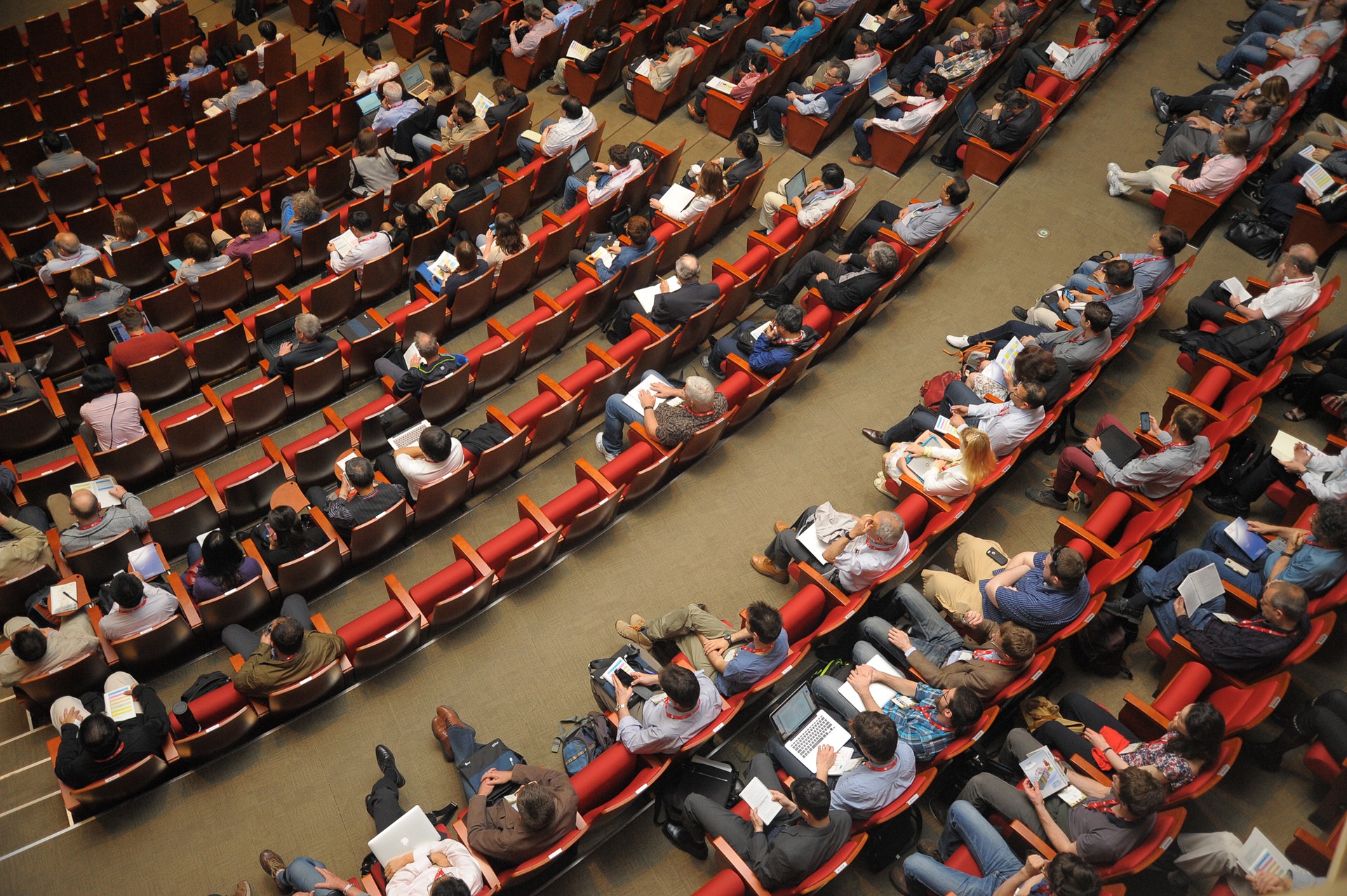
Communication hinges on delivering the right messaging to the right people at the right time. This is true whether you’re engaging in one-on-one communication or addressing a large group. Your message will simply hit home more effectively if the medium and content align with its recipients.
When you’re planning to deliver a presentation, it’s imperative you consider your audience as you’re putting together your script and deck. It’s also important to gauge understanding and retention during the actual delivery so you can course correct if anything requires clarification.
Here’s more on how to get to know your audience and why it’s so important if you want to deliver a stellar presentation that accomplishes all its goals.
Importance of Knowing Your Audience
You may not personally know everyone watching your presentation. But you should have a general understanding of the type of people who will be watching. Similarly to how marketers must know their target audience before creating campaigns, you should know your “target listener” before you put together your presentation.
First of all, you need to understand your audience’s level of knowledge surrounding the subject matter at hand. This will help you avoid the two extremes: presenting an oversimplified version of the information or speaking at a level that goes over viewers’ heads. Both are less than ideal, and delving into either extreme will create a disconnect.
Another thing you must consider about your audience, according to ASME: “What do they expect to learn from the presentation?” Keeping this in the back of your mind will help you craft your presentation to cover the topics your audience wants and needs to know about.
All in all, knowing your audience matters because it can make or break the connection you establish with them come the day of your presentation. People want to feel like you’re speaking to them, not at them. The more tailored and on-target your presentation is, the more people will pay attention and retain what they’ve learned.
Strategies for Understanding Your Viewers
Before your presentation, visualize your audience. Are you speaking to 300 students in an introductory college course? Every employee of a large company? Any members of the public who sign up for a free seminar? Industry people—whatever your industry may be—at a specialized conference? Get a broad idea of your audience before even assembling your deck.
During the presentation, it’s often helpful to gauge audience understanding and even ask for feedback in real time. The best way to do so without interrupting your talk is to embed audience response technology right into your deck. For example, inserting a Google poll into your Google Slides-based presentation allows you to solicit input without derailing your momentum. People can use their mobile devices to respond.
Real-time feedback can take on several formats. You can check for retention by administering a short multiple-choice quiz; if most people answer correctly, you can rest assured you covered that point well enough. If people answer incorrectly or seem confused, it’s a signal to revisit a certain key topic. Another way is to simply ask for open-ended feedback. You could get feedback ranging from “How does X topic affect Y outcome?” to “Can you turn your mic up? We can’t hear in the back.”
Bonus: This type of participation tends to make viewers feel empowered, like they have a genuine say in the course of the presentation. It also conveys that you care about their experience. Overall, audience participation can add value to your overall presentation.
Knowing your audience ahead of time and soliciting their feedback on the day of your presentation will help you make it as impactful as possible.







